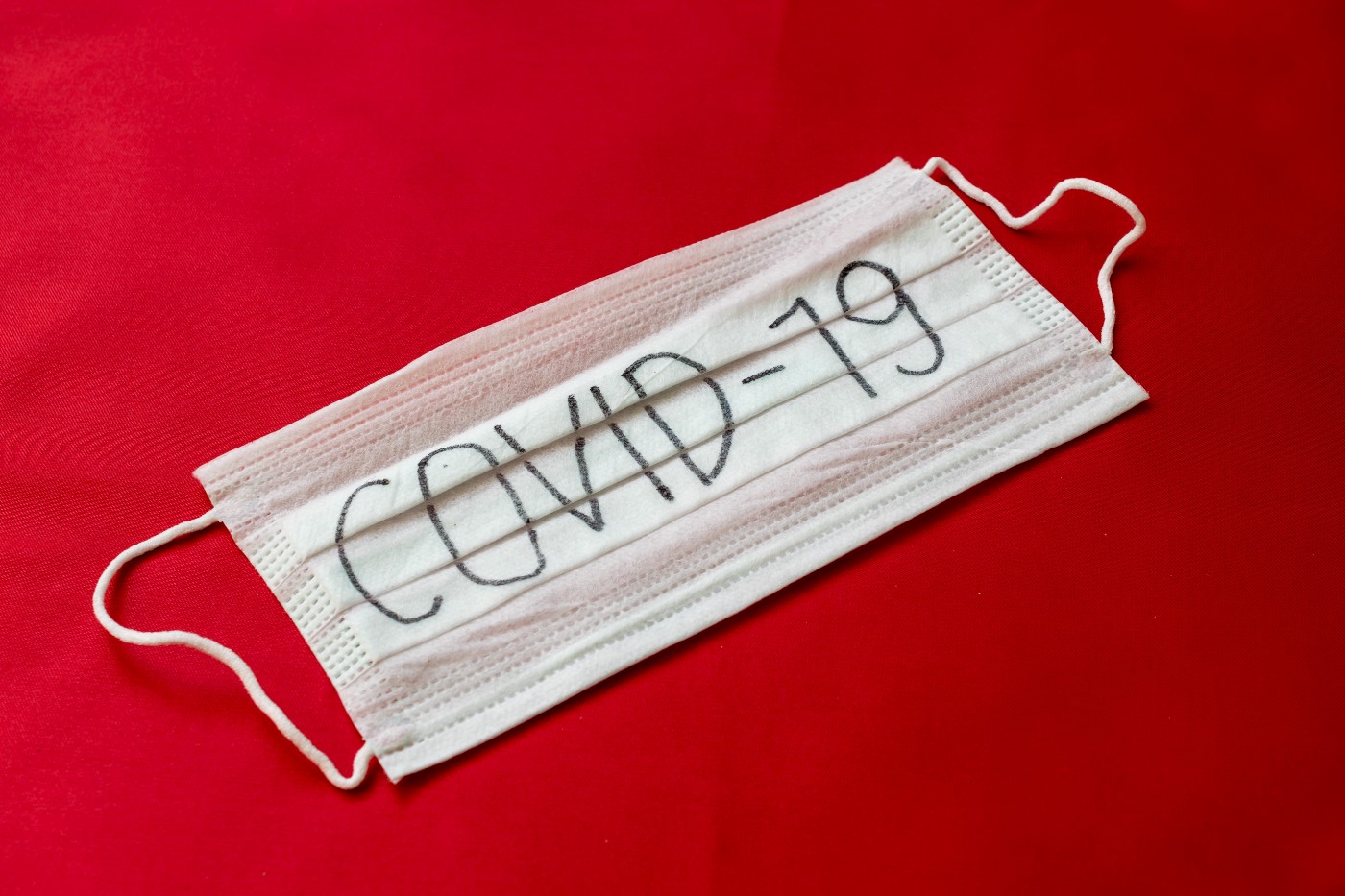At MPRM Communications, we are privileged to work with some amazing storytellers, from independent filmmakers to entrepreneurs who set out to change the world. But just like the proverbial shoemaker’s children who go without shoes, they often need help in crafting their own stories. Because it is our business, we are also keen observers of other practitioners of the art of storytelling, whether in service of an issue, business, promotion or simply to entertain. What we plan to undertake here is a weekly look at the different ways storytelling can be used from transporting audiences to motivating change to building a business or creating awareness.
For PR professionals, storytelling is at the core of what we do, making use of clear and consistent messaging to engage with our clients’ target audience. We counsel clients on the importance of owning their narrative and not letting others tell their story. Aside from crisis communications, lives are rarely in the balance, although livelihoods might be. A good story told well can have tremendous impact. Unfortunately, haphazard storytelling can do the opposite.
COVID-19 provides a classic case study on what not to do. While the initial confusion around the coronavirus was understandable given the cover-up in China and the World Health Organization’s hesitancy to declare a global pandemic, once it became clear it was not only highly contagious but deadly, the need for clear, consistent and centralized communications from public health professionals was critical.
But that didn’t happen. Lack of leadership at the White House meant messaging was delegated as if it was distribution of PPE and ventilators. Lack of respect for science meant public health officials weren’t taken seriously and charges of fake news resulted in facts buried by false information. Mixed messaging about the severity of the crisis and solutions for mitigating the spread — particularly masks and social distancing — meant politics entered the equation. With vaccines providing a glimmer of light at the end of the tunnel, lack of trust in their efficacy and safety means that herd immunity might take much longer to achieve.
Just as in 1918, local response to the virus makes a difference. In Philadelphia 13,000 people died from the Spanish Flu because the city went ahead with a Liberty Loan parade, while in Cleveland, cancellation of large gatherings and a focus on social distancing resulted in less than half as many deaths. 102 years later, history repeats itself. Nations and states that acted aggressively to “flatten the curve” were largely successful until virus fatigue and new faster-spreading variants started taking their toll.
Despite a new White House team committed to truthful messaging as well as the equitable distribution of resources, changing public opinion in a polarized nation will be far more challenging than dealing with vaccine supply chains and delivery.
Creativity and innovation will be more important than ever. Fortunately it’s already happening. A shout out to our PROI partner in Seattle, C+C Communications, who is behind the successful Washington State Health Department campaign to combat COVID. The New Orleans “Sleeves Up NOLA” campaign is a great follow-up to their “Masks Up” campaign. Many have taken to social media to debunk virus and vaccine myths. Time Magazine writes about health care workers using TikTok and The King of Random microbiologist host Kennen Hutchison is among those using Instagram to educate their followers. There are so many others, including the massive Ad Council effort.
We look forward to writing a new case study about the most important repositioning effort in our nation’s history!
